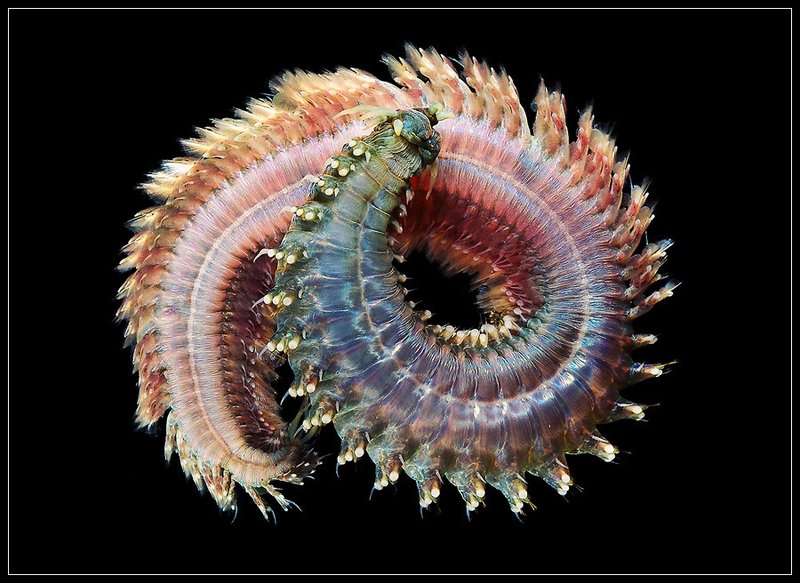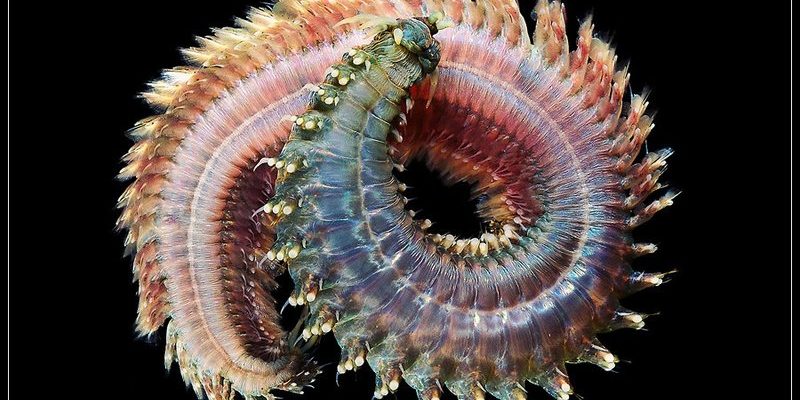
Imagine sipping coffee on a breezy beach, watching tides ebb and flow, and knowing that beneath the surface, these little wrigglers are doing the heavy lifting. They thrive in different seasons, adapting to temperature changes, food availability, and even their predators. Over time, scientists have developed various methods to observe *Nereis virens* and their activities across different times of the year. In this article, we’ll explore how and why monitoring these creatures can provide valuable insights into marine ecosystems.
What is Nereis Virens?
*Nereis virens* is a type of polychaete annelid, which is a fancy way of saying it’s a segmented worm. These creatures are typically found in sandy or muddy environments along the coastlines, often burrowing underground. Think of them as the landscapers of the ocean, as they help maintain the health of their habitat by breaking down organic material and aerating the sediment.
They can grow quite large, often reaching lengths of up to 15 inches. With their long, thin bodies and bristly appendages, they can seem a bit intimidating. However, they are harmless to humans and play a vital role in the ecosystem. Their presence indicates a healthy, thriving environment. Monitoring their movements and activity can help scientists gauge the overall well-being of coastal ecosystems.
Seasonal Activity Patterns
Like many creatures, *Nereis virens* exhibits different behaviors and patterns throughout the year. Their activity can vary significantly with the changing seasons, influenced by temperature, food availability, and breeding cycles.
In spring, as the waters warm up, *Nereis virens* wakes from its winter slumber. This is the time they become more active, preparing for their reproductive phase. You might find them burrowing to the surface, likely in search of food. This increase in activity makes spring the perfect opportunity for scientists to start their monitoring efforts.
As summer approaches, these worms become quite busy. They feast on organic debris washed down from the land or detritus on the ocean floor. The warmer weather means more food is available, and you might see them scurrying about in larger numbers. This surge in activity provides an excellent chance for researchers to collect data on their behavior and health.
Fall and Winter Behavior
As the days start to shorten and temperatures drop in the fall, the activity of *Nereis virens* begins to taper off. They start to prepare for winter, often digging deeper into the sand to escape the cold. While they are less visible during this time, monitoring can still be crucial. Scientists can gather valuable insights by studying these changes in behavior.
In winter, the worms are mostly inactive but not entirely dormant. They might remain buried beneath the surface, where they can survive the colder temperatures. This is a great time for researchers to study their metabolic rates and resilience to cold conditions, shedding light on how marine species adapt to seasonal changes.
Methods for Monitoring Nereis Virens
Monitoring *Nereis virens* requires a combination of field studies and laboratory techniques. Scientists often use sampling methods to collect data. Here are a few common methods employed in the field:
- Core Sampling: This technique involves extracting a cylindrical section of sediment from the ocean floor. It allows researchers to study not only the worms themselves but also their habitat and the conditions affecting their life.
- Visual Surveys: Observing these worms from the surface, especially during high tide, can provide quick insights into their behavior and population density.
- Environmental Monitoring: Keeping an eye on water temperature, salinity, and oxygen levels helps scientists understand how these conditions affect worm activity.
Each of these methods can help researchers develop a comprehensive view of *Nereis virens* populations and their seasonal behaviors. By collecting and analyzing this data, scientists can make informed conclusions about the health of coastal ecosystems.
Why Monitoring Matters
You might be wondering why it’s essential to keep tabs on *Nereis virens*. Well, these worms play a critical role in their ecosystem, serving as both prey for larger animals and as vital contributors to sediment health. When scientists monitor their activity, they’re essentially using these little creatures as indicators of environmental change.
For instance, a decline in *Nereis virens* populations could signal problems like pollution or habitat degradation. By detecting these issues early, conservationists can take action to protect the ecosystem before it suffers significant damage. Monitoring also supports sustainable fishing practices, ensuring that species which rely on *Nereis virens* for food have adequate resources.
Challenges in Monitoring
While monitoring *Nereis virens* is crucial, it’s not without its challenges. One of the biggest issues scientists face is the fluctuating environmental conditions. Weather patterns, ocean currents, and human activities can all impact worm populations and behaviors.
Another challenge is the complexity of coastal ecosystems themselves. Factors such as sediment type, nutrient availability, and the presence of other species can affect how *Nereis virens* thrive. So, creating a complete picture requires a multidisciplinary approach, pooling together insights from various fields like marine biology, ecology, and environmental science.
Lastly, the physical challenge of accessing certain coastal areas can sometimes hinder thorough monitoring. Remote regions or harsh weather conditions can limit scientists’ abilities to gather the data they need consistently.
The Future of Monitoring Nereis Virens
As technology continues to evolve, monitoring *Nereis virens* is becoming more efficient. Innovations like remote sensing and automated data collection tools allow researchers to gather data without physically disturbing the ecosystem. This means researchers can observe *Nereis virens* and their surroundings more frequently.
Additionally, advancements in molecular biology are opening doors for a deeper understanding of these organisms. For example, examining their genetic material can provide insights into their adaptability and resilience to environmental changes.
Collaboration between scientists, conservationists, and local communities will play a critical role in future monitoring efforts. By working together, they can create effective strategies for preserving coastal ecosystems while ensuring the health of species like *Nereis virens*.
In conclusion, monitoring *Nereis virens* activity across the seasons is not just about studying worms; it’s about understanding a critical component of marine ecosystems. With each seasonal change, these creatures offer valuable insights into the larger picture of environmental health. As we continue to learn from them, we can better protect our oceans and the life they support.

